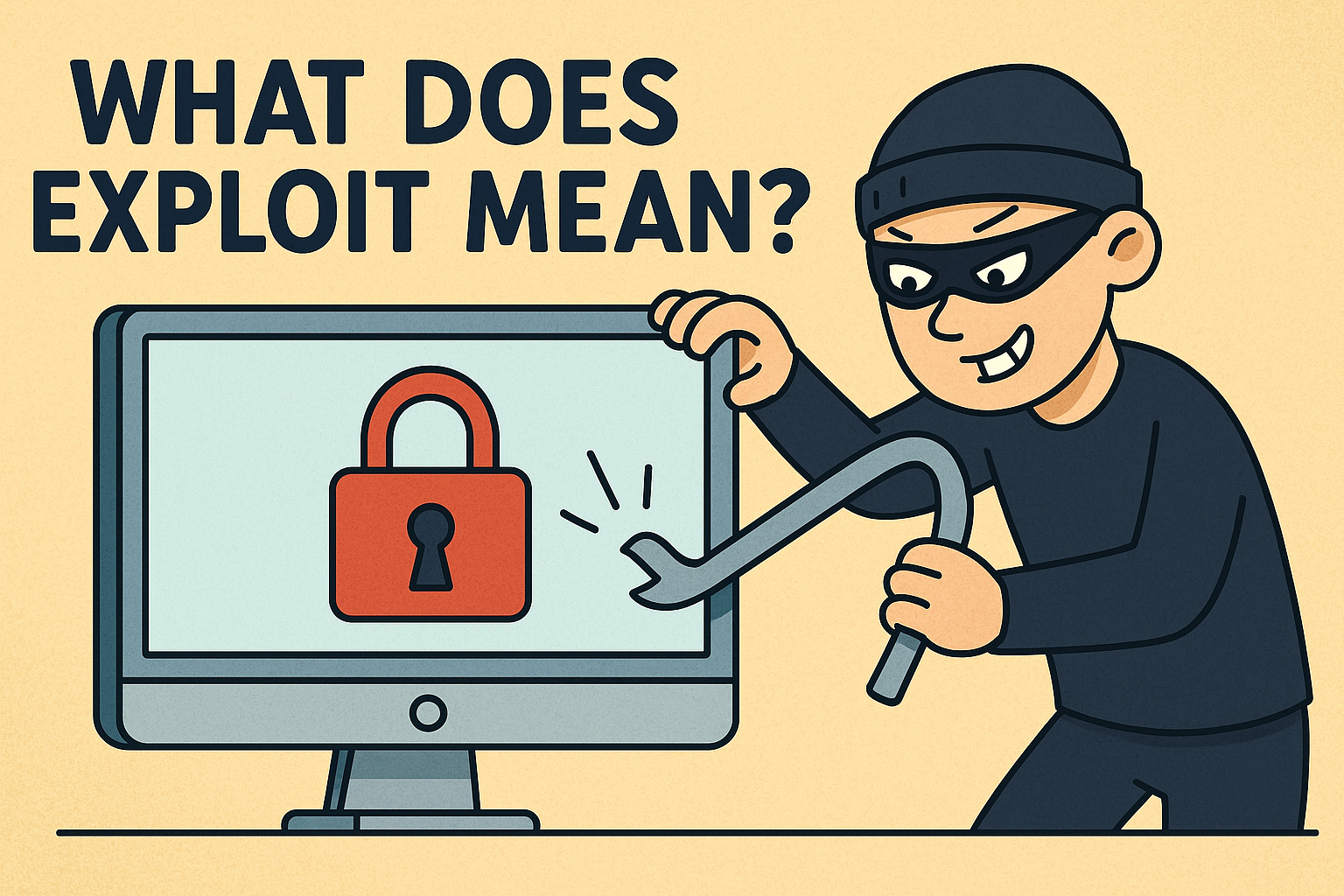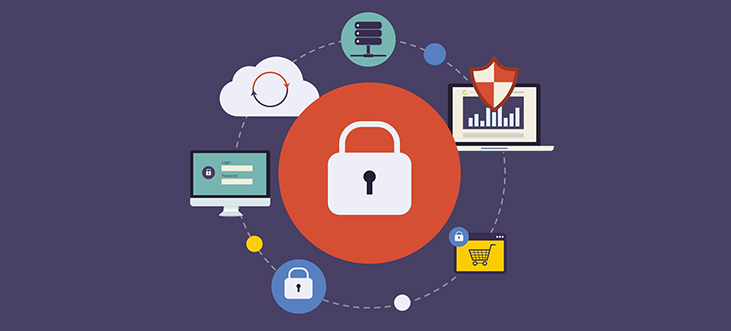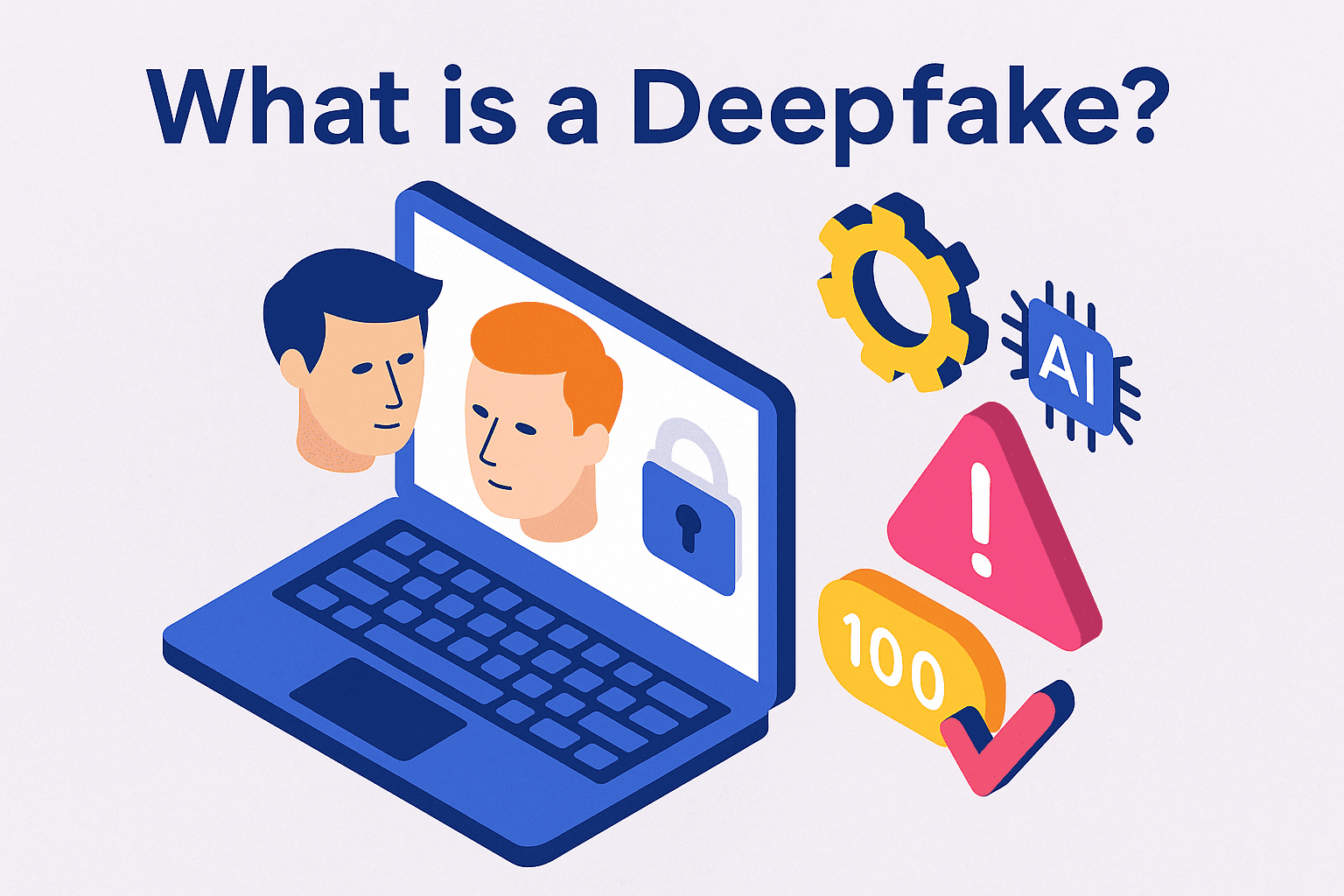What Does Exploit Mean? A Deep Dive into Cybersecurity Exploits
Updated on July 30, 2025, by Xcitium

Cybersecurity threats are evolving at lightning speed—and exploits are at the heart of most of them. But what does exploit mean, especially in the context of cyberattacks?
Whether you’re a business owner, IT manager, or cybersecurity enthusiast, understanding what exploits are and how they’re used by attackers is critical to protecting your digital assets. In this post, we’ll break down the concept, types, and real-world examples of exploits—including zero-day exploits in 2025—and how to defend against them.
🔍 What Does Exploit Mean in Cybersecurity?
An exploit is a piece of software, code, or sequence of commands that takes advantage of a software vulnerability, bug, or flaw to gain unauthorized access, execute malicious code, or cause unintended behavior in a system.
In simpler terms:
An exploit is a tool hackers use to “exploit” (i.e., take advantage of) a weakness in a system or application.
Exploits are often used as gateways for malware, ransomware, trojans, or unauthorized access, making them one of the most dangerous elements in the cybersecurity landscape.
🧠 Types of Exploits: From Known Flaws to Zero-Day Threats
Understanding the different categories of exploits is essential for any cybersecurity professional or business leader.
1. Known Vulnerability Exploits
These target vulnerabilities already discovered and typically patched by vendors—but only effective if the user hasn’t updated their software.
2. Zero-Day Exploits
These target previously unknown flaws in software that developers haven’t yet patched.
- Examples of zero-day exploits in 2025:
- A critical Windows 11 privilege escalation flaw discovered in early 2025 exploited by ransomware groups.
- A zero-day Chrome vulnerability used in phishing campaigns targeting executives.
3. Remote Code Execution (RCE)
Allows attackers to run arbitrary code on a victim’s machine without physical access.
4. Privilege Escalation Exploits
These help attackers gain admin-level access from a lower-privilege account.
💣 What Is an Exploit Kit Used For?
An exploit kit is a collection of pre-written code that cybercriminals use to scan for and exploit known vulnerabilities in devices.
Key features:
- Delivered via malicious ads (malvertising), drive-by downloads, or infected websites
- Can automatically detect vulnerable software versions
- Often bundled with malware payloads
Exploit Kits simplify cyberattacks, making it easier for even non-technical attackers to execute sophisticated breaches.
🛑 Real-World Examples of Exploits in Action
📌 WannaCry Ransomware (2017)
Used an exploit called EternalBlue to target unpatched Windows systems, affecting over 200,000 computers globally.
📌 Log4Shell Vulnerability (2021)
Exploited a critical flaw in Apache Log4j, impacting millions of Java-based applications.
📌 2025 Example – Android Zero-Day
In early 2025, a zero-day exploit was discovered in the Android Bluetooth stack, allowing attackers to run code remotely on millions of phones without user interaction.
🧰 How to Protect Against Exploits
Preventing exploits requires a multi-layered approach to security. Here are actionable strategies for businesses and individuals:
🔄 1. Keep Software and Firmware Updated
- Enable auto-updates on operating systems and applications
- Apply security patches as soon as they’re released
🧱 2. Use Endpoint Detection & Response (EDR)
Advanced solutions like Xcitium EDR can detect exploit behaviors and isolate threats in real-time.
🔐 3. Enable a Firewall and Intrusion Prevention System (IPS)
These can help detect suspicious activity linked to exploits before damage is done.
🔍 4. Conduct Regular Vulnerability Assessments
Proactively scan your systems for exploitable weaknesses using tools like:
- Nessus
- OpenVAS
- Qualys
📚 5. Train Your Teams
Human error can lead to exploit activation. Educate employees on safe internet use, phishing awareness, and secure configuration.
📡 Exploit Prevention in Enterprise Networks
For IT managers and CEOs, exploit protection should be embedded into your cybersecurity policy. Here’s what you should implement:
- Zero Trust Architecture (ZTA)
- Network segmentation
- Least privilege access
- Patch management automation
- Threat intelligence integration
Using solutions like Xcitium’s ZeroDwell technology provides instant isolation of suspicious activities, even before traditional antivirus systems react.
🤔 What Happens After an Exploit?
Once an exploit succeeds, attackers can:
- Install malware or ransomware
- Exfiltrate sensitive data
- Spy on user activity
- Control entire systems remotely
- Use the system as a bot in a larger botnet
This highlights why exploit mitigation must be proactive rather than reactive.
🙋 Frequently Asked Questions
1. What does exploit mean in cybersecurity?
It refers to code or methods used to take advantage of security vulnerabilities in software or systems.
2. What is a zero-day exploit?
A zero-day exploit targets a software vulnerability that’s unknown to the vendor and hasn’t been patched yet.
3. How are exploits different from malware?
Exploits are methods of attack, while malware is the payload (e.g., virus, trojan) delivered after an exploit succeeds.
4. How do I prevent being targeted by exploits?
Keep all systems up to date, use strong endpoint protection, and conduct regular vulnerability scans.
5. Are exploit kits still in use in 2025?
Yes, although modern exploit kits are more stealthy, they remain a major threat through web-based attacks and malvertising.
✅ Conclusion: Know Your Weaknesses to Build Your Strength
Understanding what an exploit means is the first step toward securing your systems. With software vulnerabilities constantly emerging and cybercriminals becoming more advanced, a robust defense plan is non-negotiable.
🔐 Get Ahead of Exploits with Xcitium
Want to stop exploits before they breach your system?
👉 Request a Free Demo of Xcitium’s advanced threat protection platform—featuring real-time exploit prevention, zero-day containment, and AI-driven defense.













